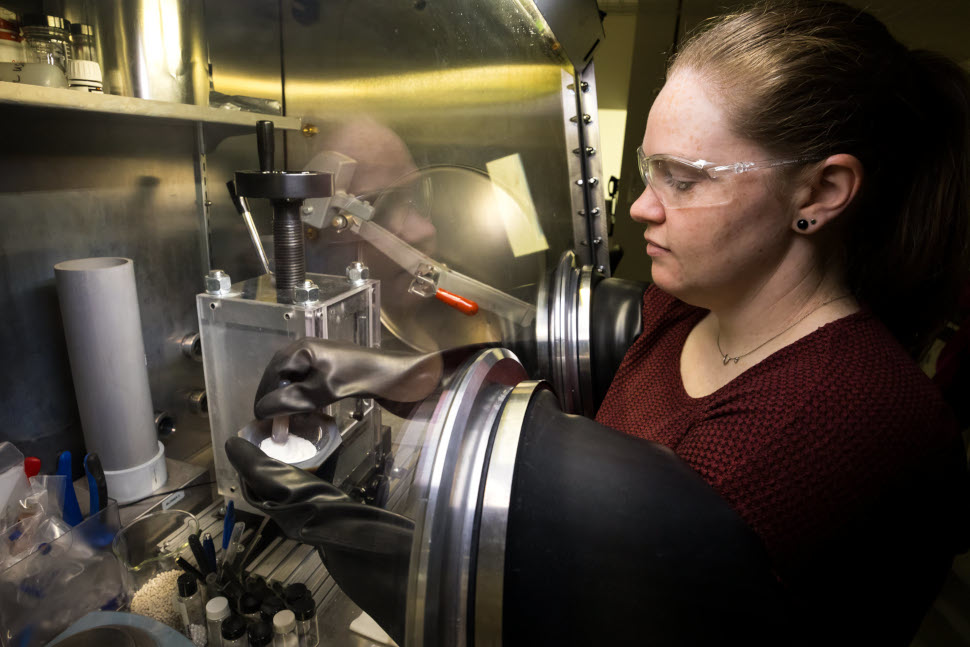"Unprecedented opportunities" - Microsoft AI finds new material that could replace lithium batteries
New Microsoft AI initiative could cut the amount of lithium used in a battery by up to 70%

Your next work smartphone or business laptop could be powered by a battery that is much kinder to the environment, thanks to a new breakthrough from Microsoft.
The computing giant has teamed up with the Pacific Northwest National Laboratory (PNNL) to develop a new way of building batteries that feature up to 70% less lithium than current offerings.
The new model would lessen reliance on lithium and potentially other rare earth metals, which are becoming increasingly scarce to mine and utilize as demand skyrockets across the world, with questions also being raised over their harmful effect on the environment due to a lack of proper recycling processes.
Next gen batteries
In a company blog post, Microsoft and PNNL explained how they built a proof-of-concept working prototype battery earlier this year that is currently able to power a lightbulb.
The prototype was constructed of a new material identified through AI and HPC in the Azure Quantum Elements platform which was able to narrow down 32 million potential materials to 18 promising candidates in just 80 hours, a significant boost to a process that typically takes decades.
The models were trained on millions of data points from materials simulations, meaning they were able to minimize HPC calculations and predict materials properties 1,500 times faster than traditional density functional theory (DFT) calculations.

The material has now been stablized and synthesized by PNNL, which will carry out a number of further tests concerning its stability and efficiency.
Sign up to the TechRadar Pro newsletter to get all the top news, opinion, features and guidance your business needs to succeed!
“We think there's an opportunity to do this across a number of scientific fields,” says Brian Abrahamson, the chief digital officer at PNNL. “Recent technology advancements have opened up the opportunity to accelerate scientific discovery. The development of novel batteries is an incredibly important global challenge, it has been a labor-intensive process. Synthesizing and testing materials at a human scale is fundamentally limiting.”
"Microsoft is putting these breakthroughs into customers’ hands through our Azure Quantum Elements platform," noted Dr. Nathan Baker, Senior Director, Partnerships for Chemistry and Materials, Microsoft. "It is the combination of scientific expertise and AI that will compress the next 250 years of chemistry and materials science innovation into the next 25, transforming every industry and ultimately unlocking a new era for scientific discovery."
"The discovery of 500,000 stable materials with AI, leading to the identification and synthesis of a new material, is just one of the many possibilities for how Azure Quantum Elements will create unprecedented opportunities. Almost all manufactured goods would benefit from innovations in the fields of chemistry and materials science, and our goal is to enable discoveries across all industries by empowering research and development (R&D) teams with a platform that every scientist can use."
More from TechRadar Pro
- These are the best laptops for working from home
- We've also rounded up the best mobile workstations
- This new Mini workstation really is small but mighty

Mike Moore is Deputy Editor at TechRadar Pro. He has worked as a B2B and B2C tech journalist for nearly a decade, including at one of the UK's leading national newspapers and fellow Future title ITProPortal, and when he's not keeping track of all the latest enterprise and workplace trends, can most likely be found watching, following or taking part in some kind of sport.